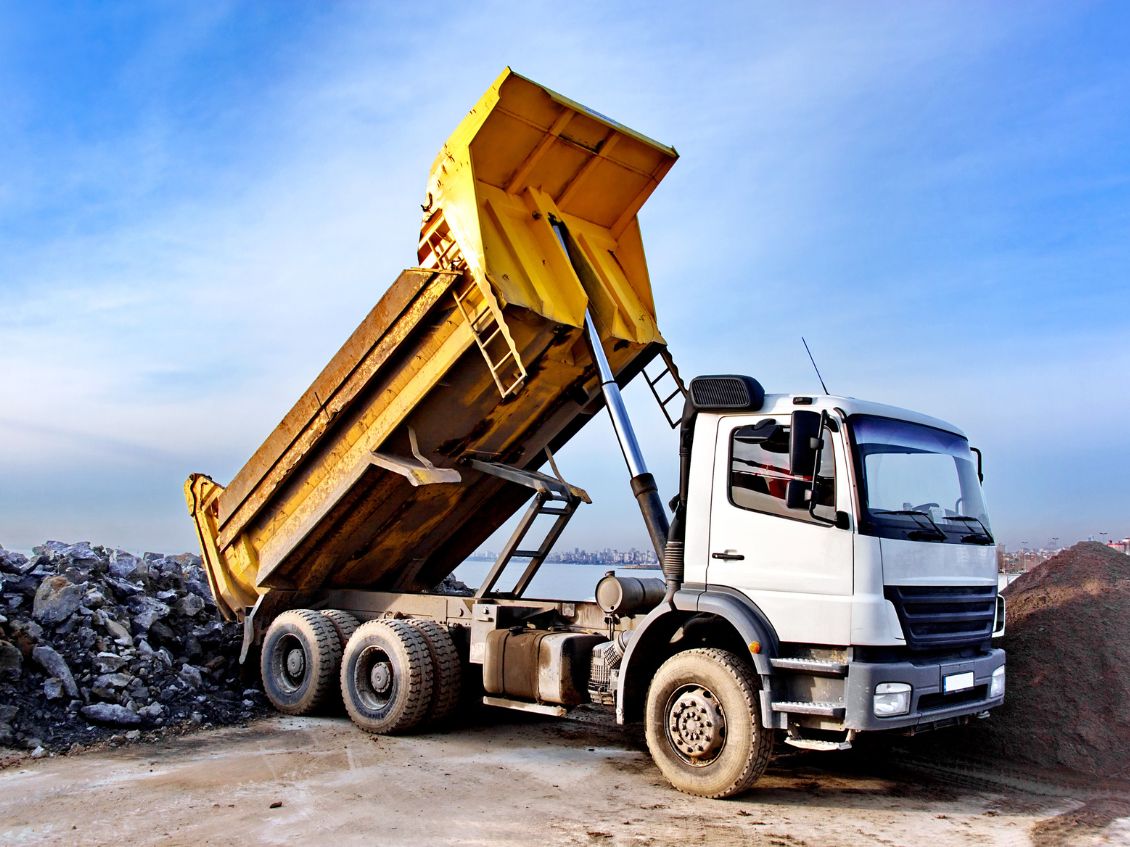
What Is a Landfill Tipping Fee?
When you’re working on a big project and need a dumpster rental, you probably think about things like size, location, and what company to use. But have you ever wondered what happens to the waste after you fill up the dumpster? It's important to know! Let’s talk about landfill tipping fees and why they matter.
What Is a Landfill Tipping Fee?
A landfill tipping fee is the price you pay when waste gets dropped off at a landfill. It's called a "tipping" fee because waste trucks "tip" their loads into the landfill. This fee is usually based on the weight of the waste, charged per ton. When you rent a dumpster, the company may charge you for the dumpster rental and also pass the landfill tipping fees to you. It’s important to ask your waste removal company if the landfill fee is included in the price. Tipping fees help landfills pay for things like staff, equipment, and making sure everything follows state and federal rules. They are not just extra charges. They make sure waste is handled safely.
Where Does the Waste Go After I Fill a Dumpster?
After your dumpster gets picked up, the waste goes to a landfill or sometimes a composting facility. The landfill sorts and manages the waste carefully. Some items can’t go to a landfill, like hazardous waste or electronics. That’s why it’s important to know the rules about what can and can't go into your dumpster rental.
Why Do We Have Landfill Tipping Fees?
A long time ago, people used to dump waste anywhere they wanted, or they would burn it. This caused pollution and harmed the environment. In 1937, the United States built the first sanitary landfill to control where waste went. Later, in 1965, the Solid Waste Disposal Act made rules about waste management. In 1970, the Environmental Protection Agency (EPA) was created to protect the environment. Now, landfills must follow strict rules, and tipping fees help pay for these safety steps. Without landfill tipping fees, it would be harder to keep landfills safe and clean.
How Do Landfills Set the Tipping Fee?
Running a landfill is expensive. Landfills need bulldozers and other big machines to move and cover waste every day. These machines need fuel, repairs, and trained workers. Managers also need to plan for the future, like what to do when the landfill fills up. They also have to pay for education programs to teach workers how to handle waste safely. Some landfills even collect gas from waste, called landfill gas energy, to make electricity. All of this costs money. That’s why landfill tipping fees exist. If the tipping fee is too low, the landfill won’t have enough money to follow the rules. If it’s too high, people will be upset. It’s all about finding the right balance.
How Much Does a Landfill Charge?
The cost of a landfill tipping fee depends on where you live and what kind of waste you are dumping. Others can be higher if the waste is hard to handle. Special projects, like construction or remodeling, may cost more because the waste is heavier. Always check with your dumpster rental company ahead of time to ask about landfill costs. It’s better to know before you start your project so you can plan your budget.
Do Landfills Handle Waste Safely?
Yes! Landfills must follow state and federal rules to keep the environment safe. They use special liners under the ground to stop waste from leaking into the soil or water. They also control the gases that come from waste. If a landfill does not follow the rules, it can get shut down. When you rent a dumpster, it’s important to use a company that knows where your waste is going. At Vine Disposal, we work with safe and trusted landfills. If you rent a dumpster from us in Cumming, GA, we’ll explain everything about landfill options and tipping fees, so there are no surprises.
Will I Be Charged Extra for My Dumpster Rental?
Maybe. If you go over your dumpster’s weight limit, you may have to pay an overage fee. Also, if you throw away items that cost more to dump, like mattresses or tires, you might see extra charges. That’s why it’s smart to ask about all the fees before you start. Always leave some extra room in your budget for landfill costs.
Key Takeaways About Landfill Tipping Fees
-A landfill tipping fee is the cost of dumping waste at a landfill
-Fees are usually charged per ton of waste
-Tipping fees help landfills pay for safe waste management
-Fees can change based on what type of waste you dump and how much it weighs
-Going over your dumpster’s weight limit can lead to extra charges
-Always ask your dumpster rental company about landfill tipping fees upfront
Understanding landfill tipping fees helps you avoid surprise costs and protects the environment. Waste removal is more than just filling a dumpster—it’s about making sure the waste is handled the right way. If you have questions about dumpster rentals and landfill fees, visit our website at Vine Disposal! We’re here to help make your next big project easy and stress-free.

